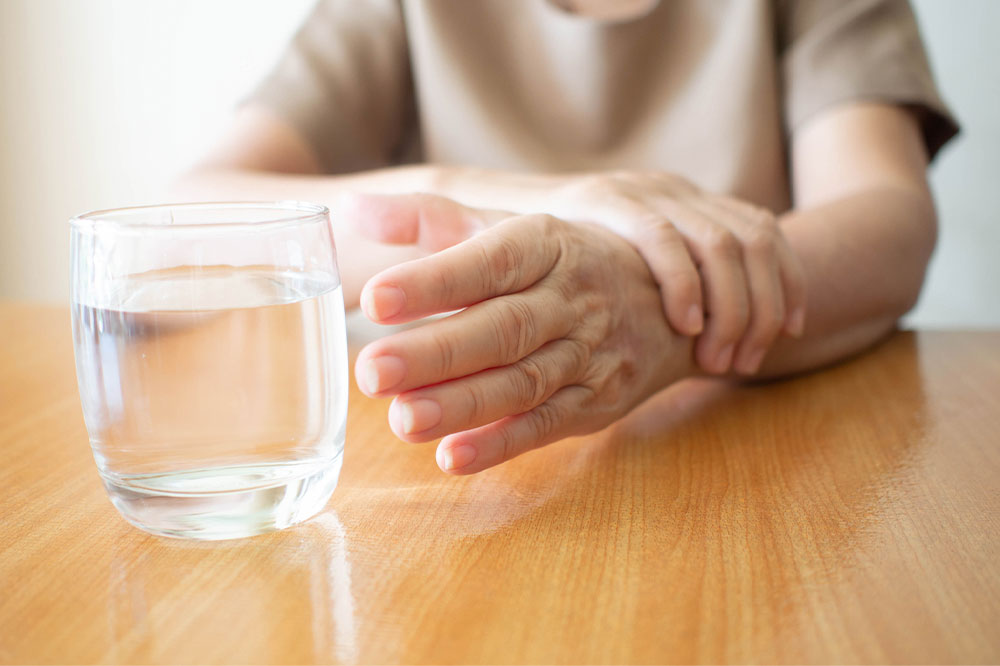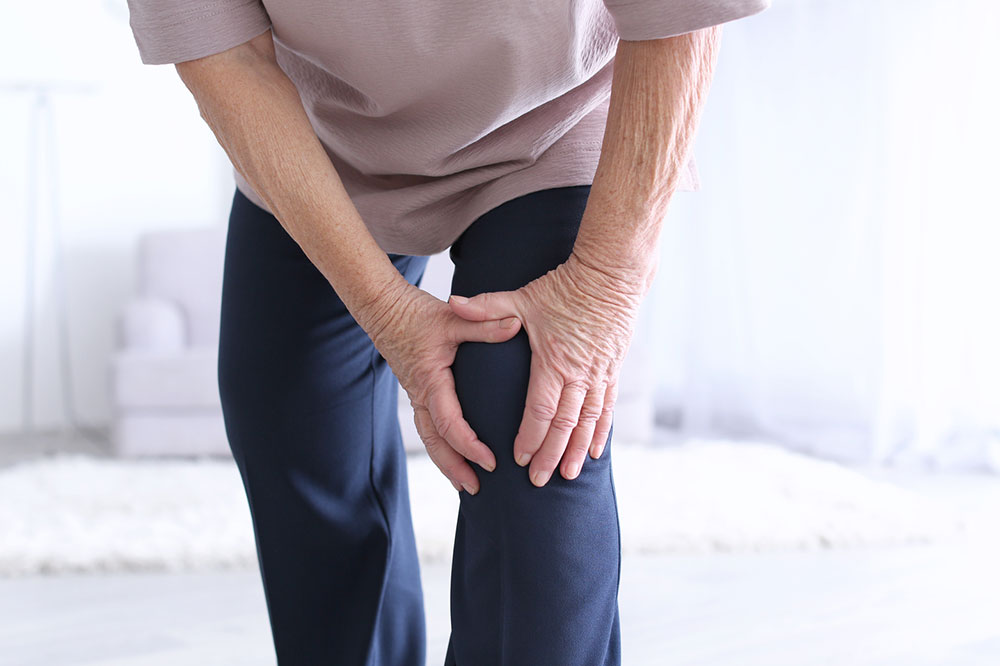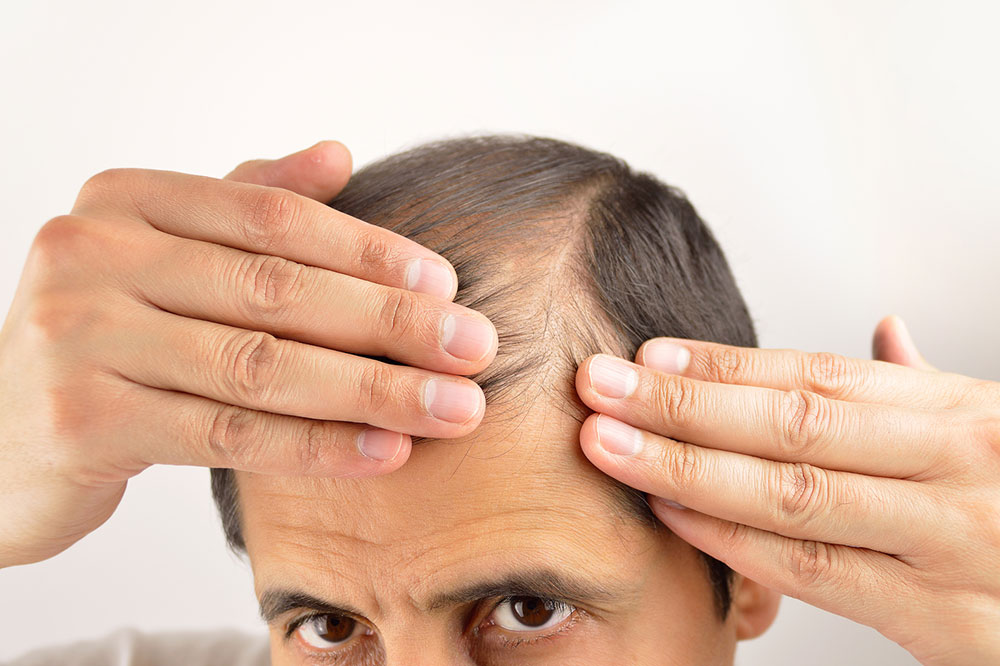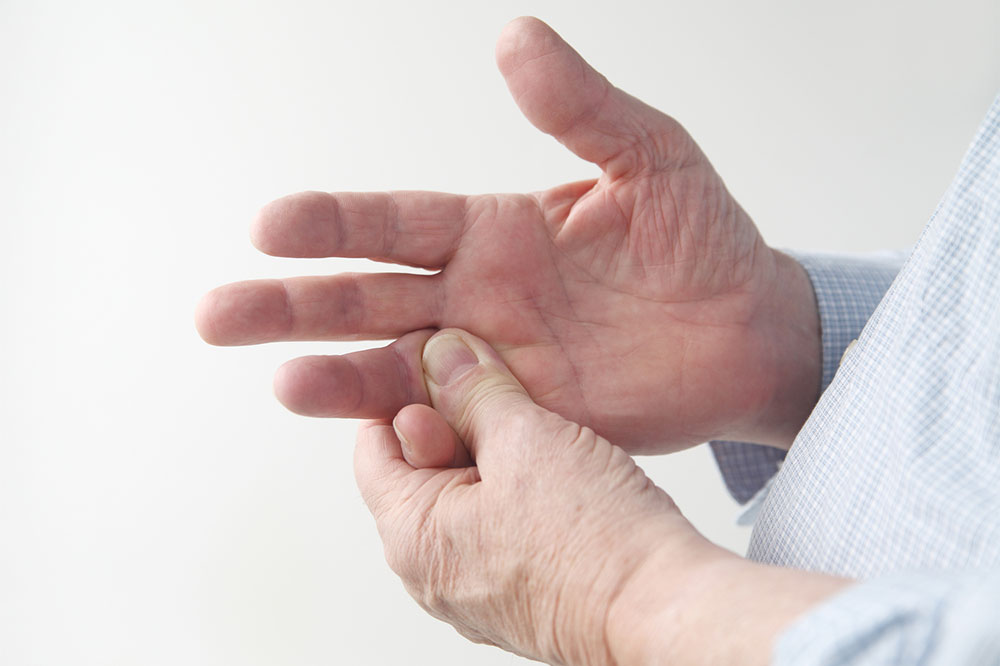11 early signs of Parkinson’s disease

Parkinson’s disease is a progressive disorder that affects the nervous system and causes unintended or uncontrollable movements, such as shakes, stiffness, or difficulty with coordination and balance. Since the condition begins slowly, it can be tough to tell if one has Parkinson’s. However, knowing the signs and symptoms can help one be more aware and visit a healthcare professional for diagnosis and management. Here are some common early signs of Parkinson’s disease:
- Tremors: Tremors or rhythmic shaking may affect a part of the body. It generally begins in a limb, especially the hands or fingers. One may experience trembling hands at rest, but the tremors may subside when performing a task.
- Slowed movement: Parkinson’s can also slow down movement, making it difficult to complete basic everyday tasks. Steps may become shorter, and one may notice the shuffling of the feet instead of walking. This slowing down is known as bradykinesia.
- Rigid muscles: One may also experience muscle stiffness, inflexibility, and cramps in any body part. It can often be painful and limit the range of motion. It may also make tasks such as writing, doing up the buttons, or tying one’s shoelaces more difficult.
- Posture and balance troubles: One may develop a stooped posture or have balance and coordination problems as the condition progresses.
- Speech changes: Several people with Parkinson’s may also experience speech changes, such as speaking softly or quickly, slurring, or even hesitating before talking. People with Parkinson’s also often sound more monotonous.
- Loss of automatic movements: One may experience a loss of ability to perform automatic movements, such as blinking and smiling.
- Writing changes: As the condition progresses, fine motor skills such as writing may become more difficult. Their writing may also appear smaller than usual.
- Sleep problems: Experiencing other symptoms of Parkinson’s, such as tremors, stiffness, pain, and restless leg syndrome, may cause insomnia, making it difficult to sleep well. Due to a lack of sleep, people with this condition are also likely to experience fatigue and drowsiness throughout the day.
- Loss of sense of smell: People with Parkinson’s may lose their sense of smell, often years before any other symptoms appear.
- Bladder problems: Some people may also experience bladder problems, such as needing to use the toilet immediately without warning or going frequently throughout the night.
- Anxiety: As with any other chronic disease, people with Parkinson’s may also experience anxiety, worry, or fear, especially in the early stages. Some anxiety symptoms may include a sense of dread, constant worry or difficulty concentrating, sweating, pounding, or a racing heartbeat, feeling breathless, dizziness, or even trembling. Some people may also experience extreme sadness or a sense of emotional emptiness for an extended period.
Parkinson’s is often accompanied by cognitive difficulties, depression, constipation, problems chewing and swallowing, blood pressure changes, fatigue, pain, and sexual dysfunction. Currently, there is no cure for Parkinson’s. Treatments are based on managing symptoms. Those living with advanced stages of Parkinson’s may need a round-the-clock professional nurse to help them perform daily activities.







